New topography-
Contact Sheet:

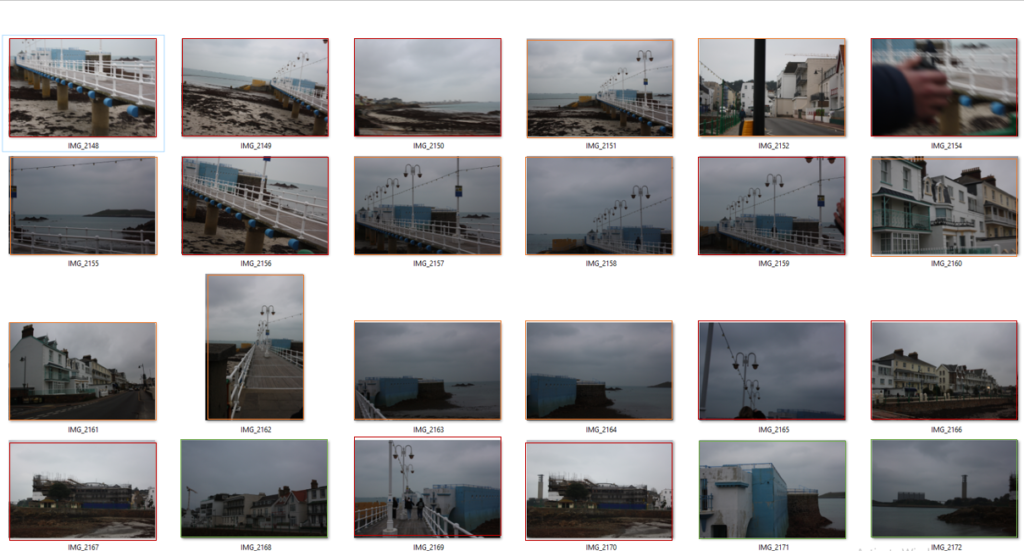

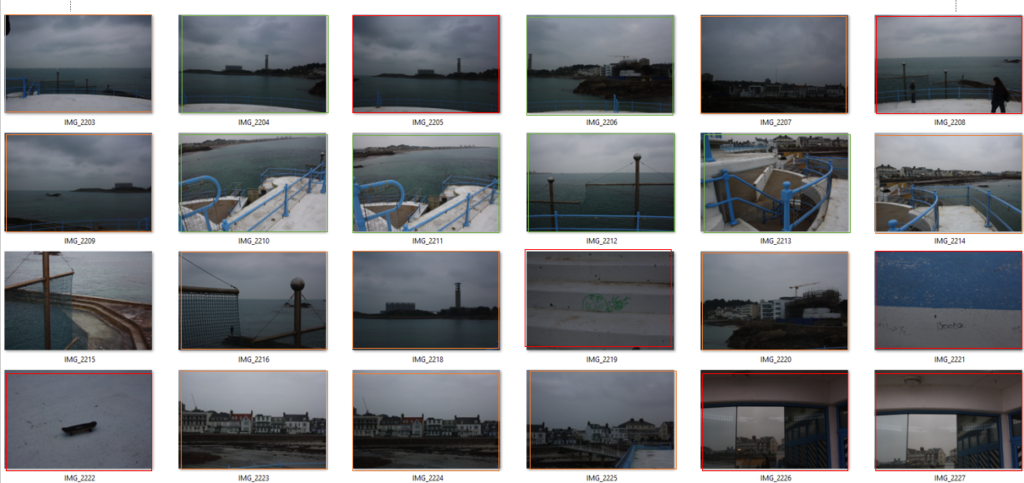
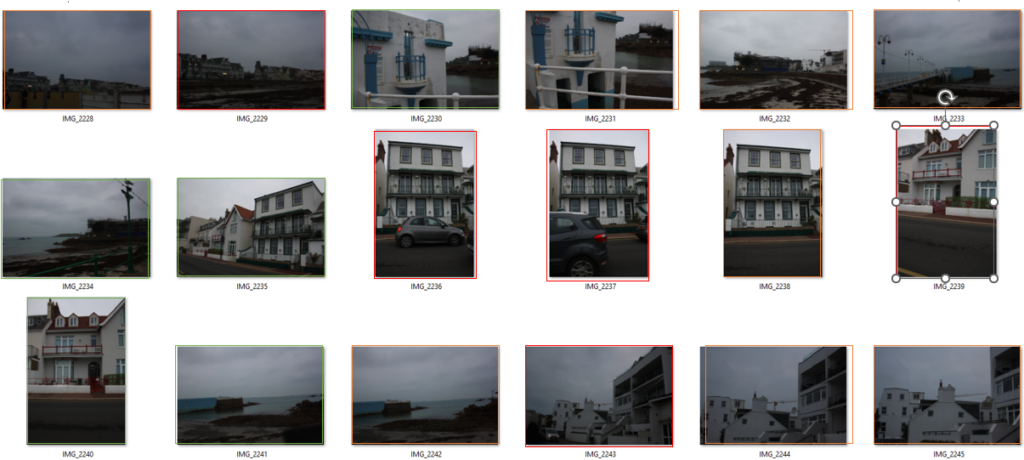

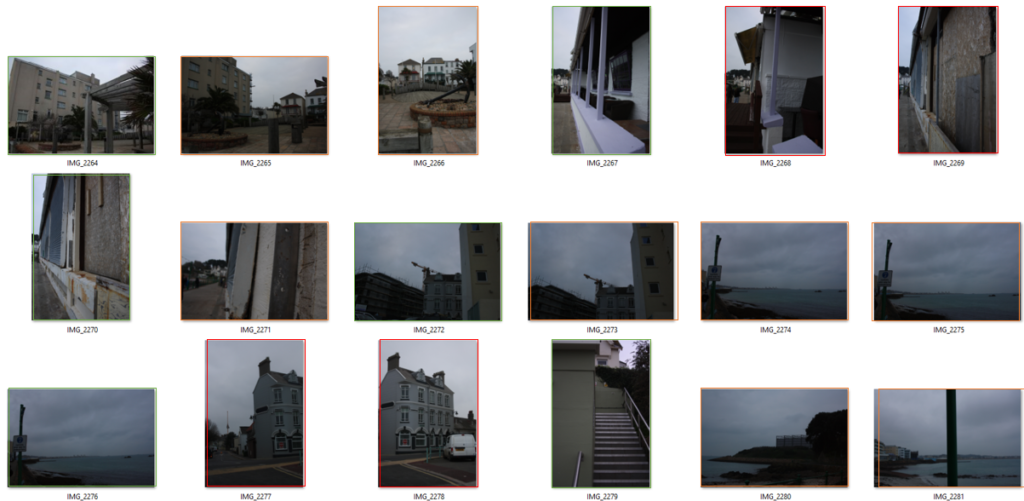
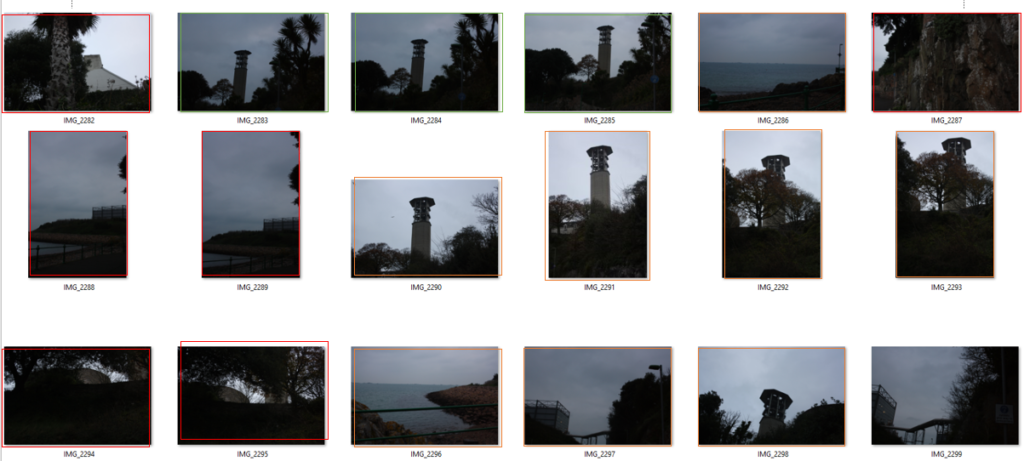
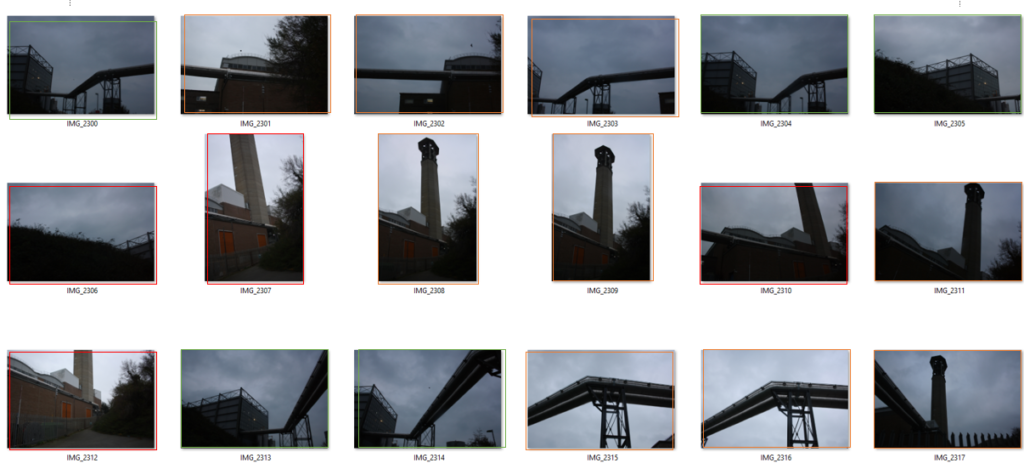

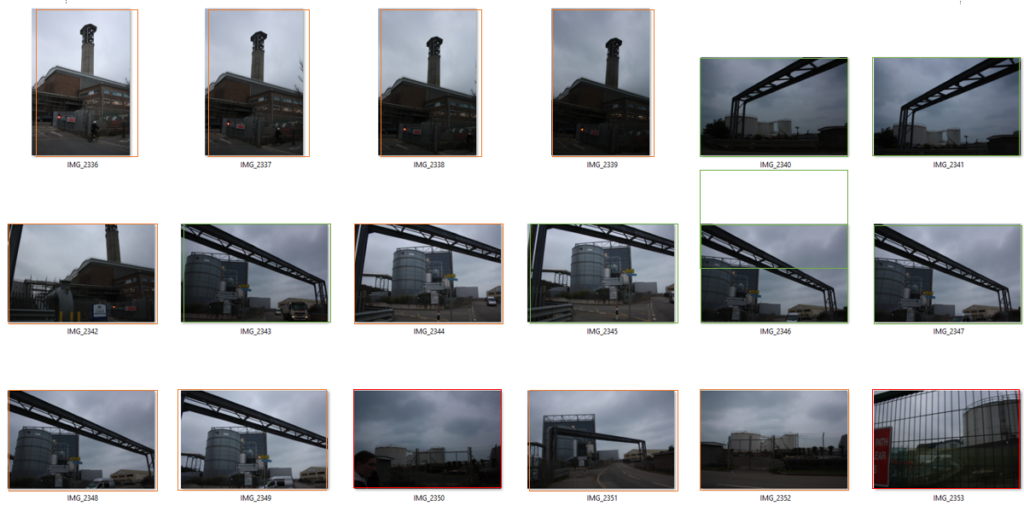
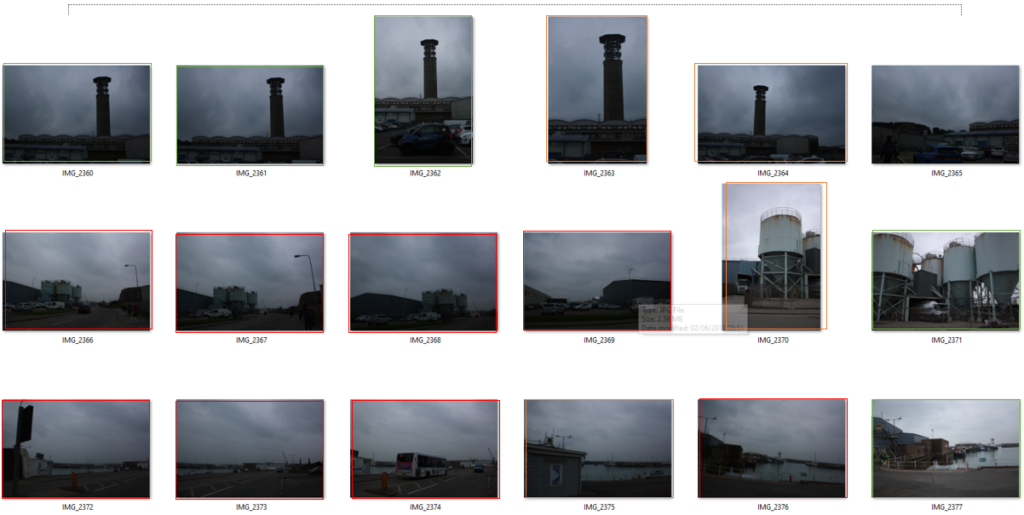

Edits
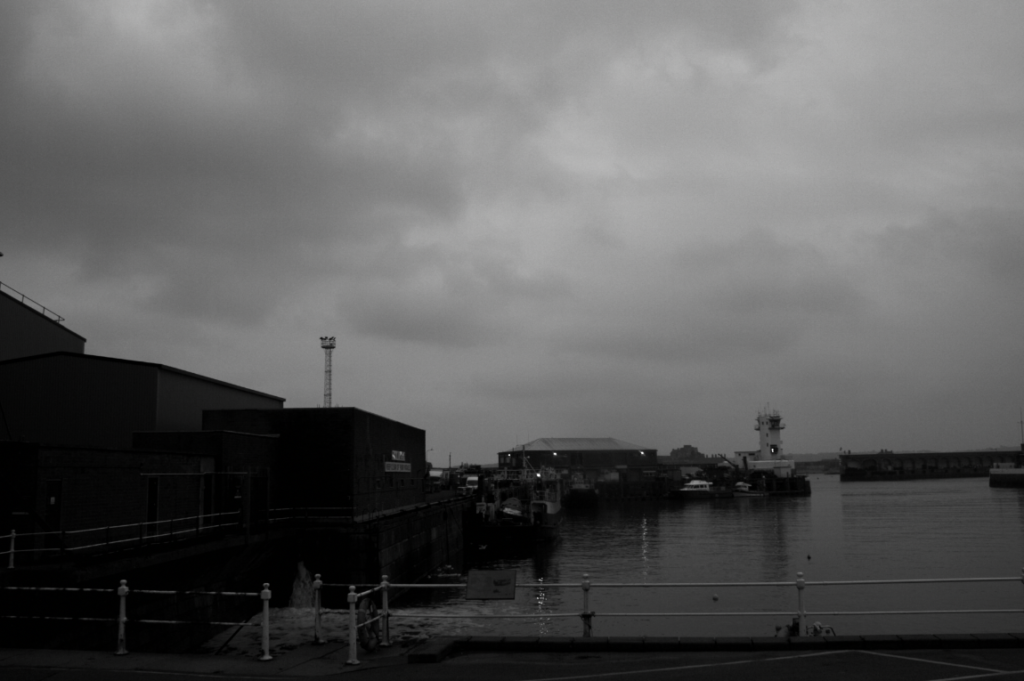







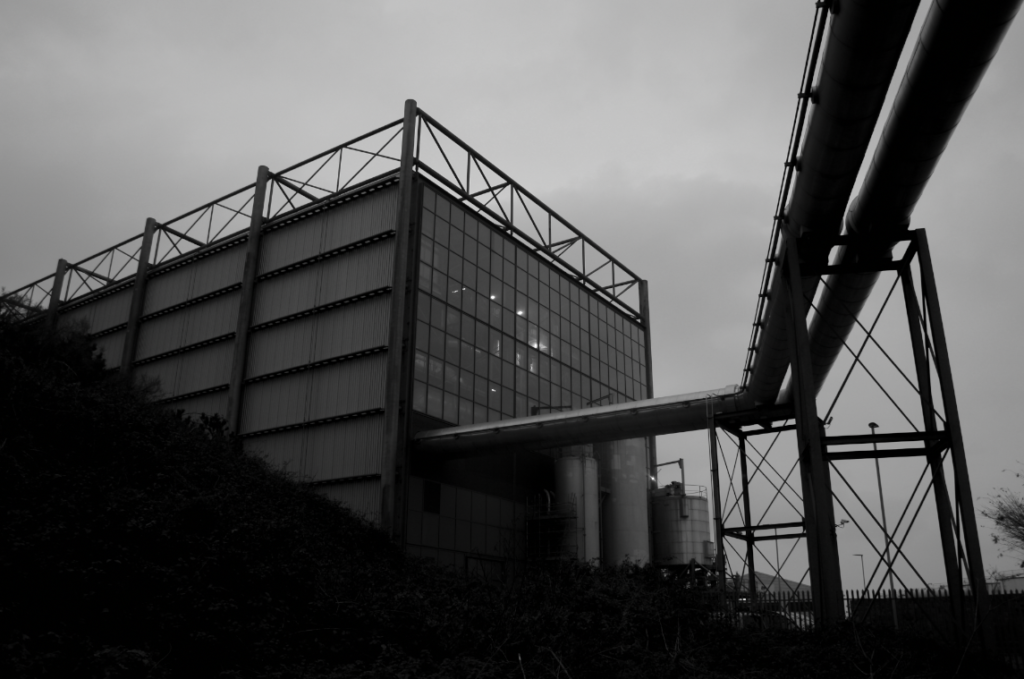



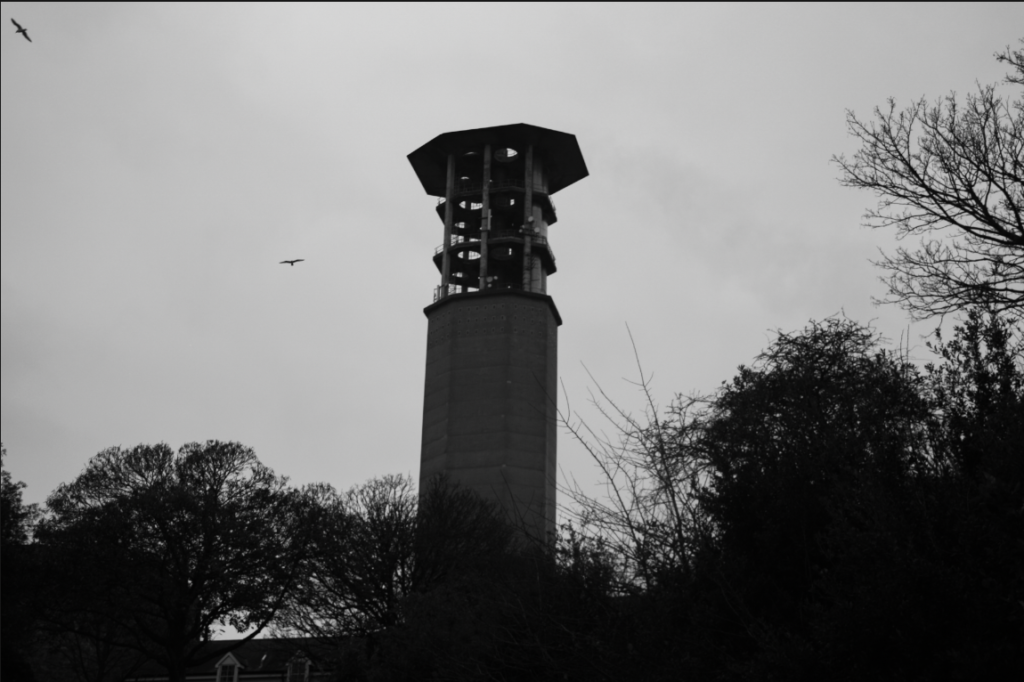


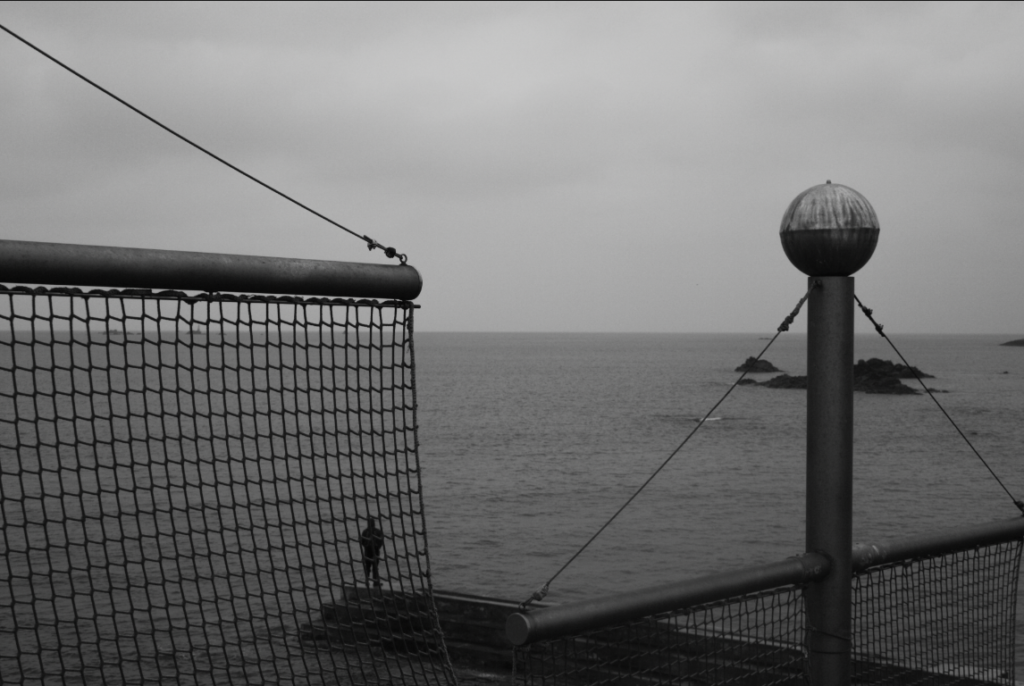
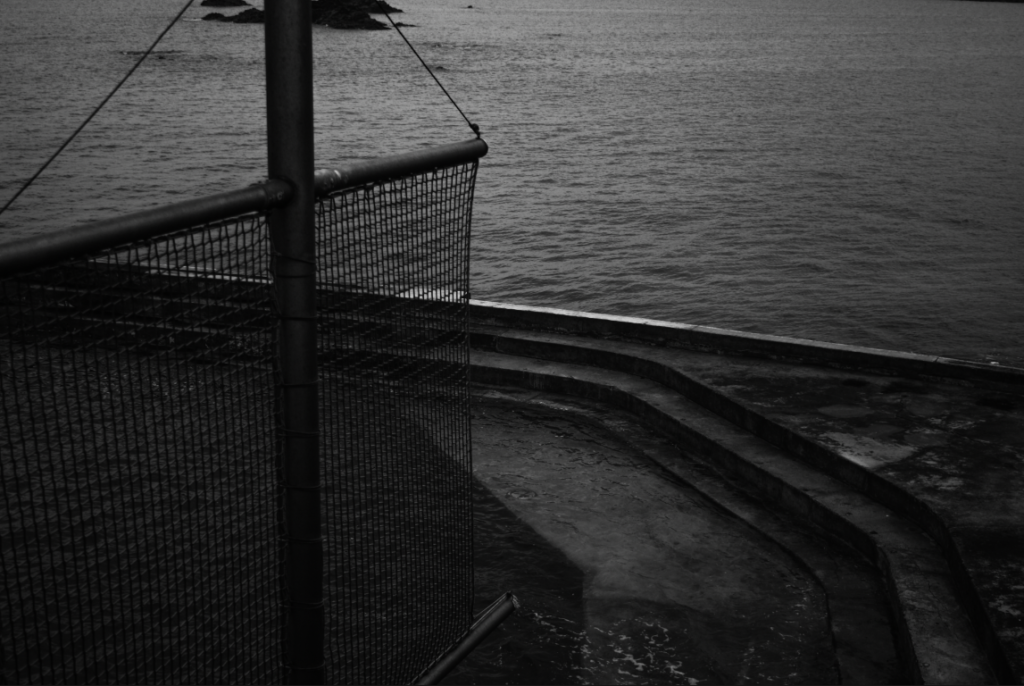

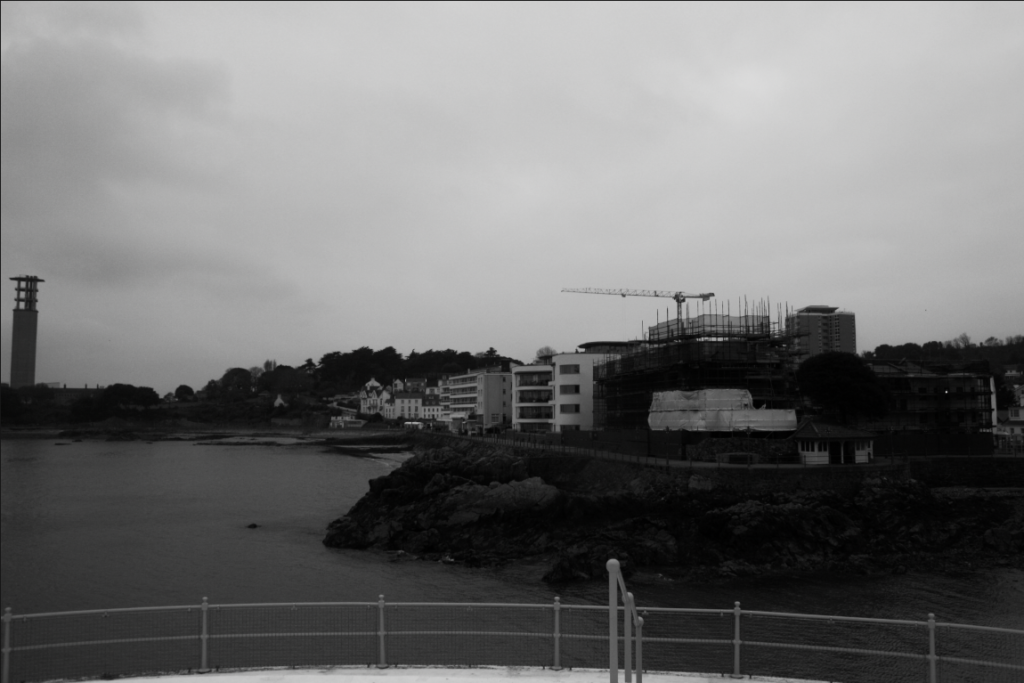
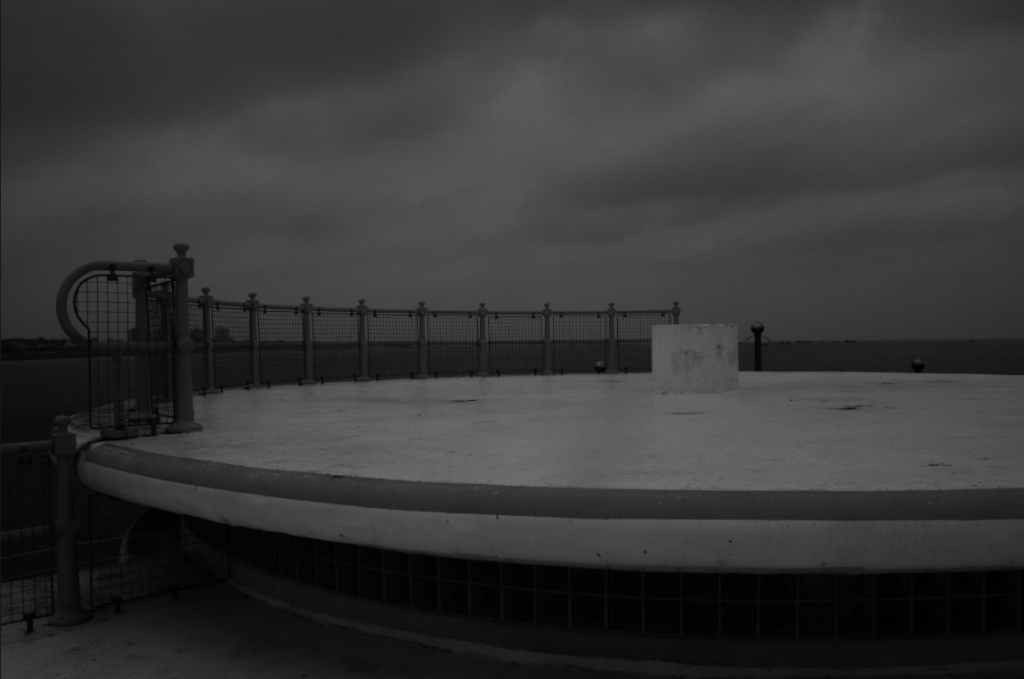
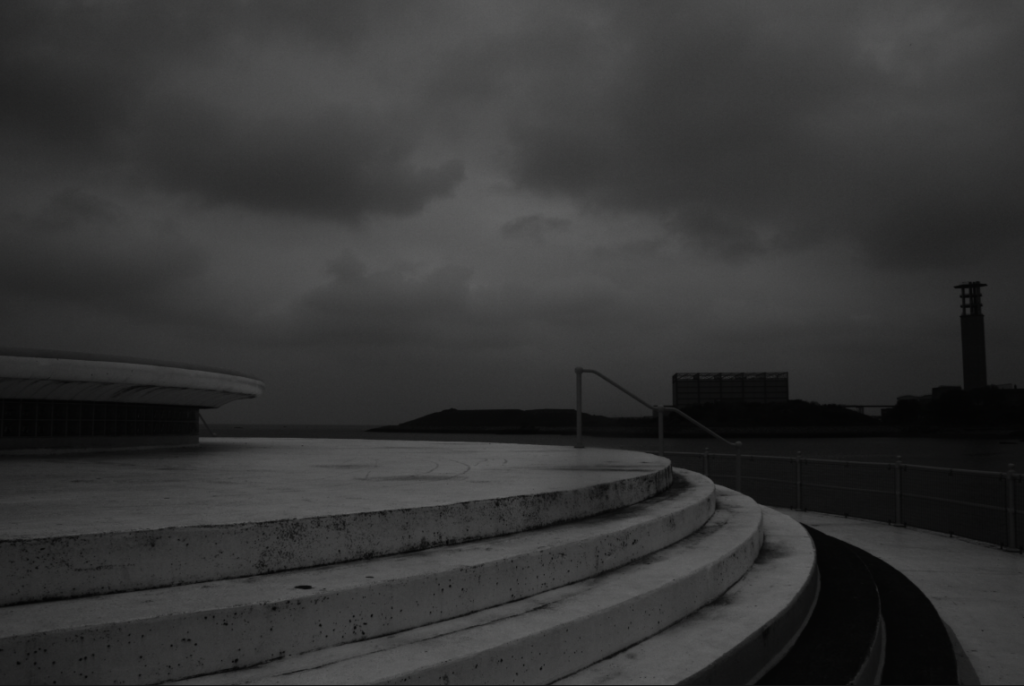
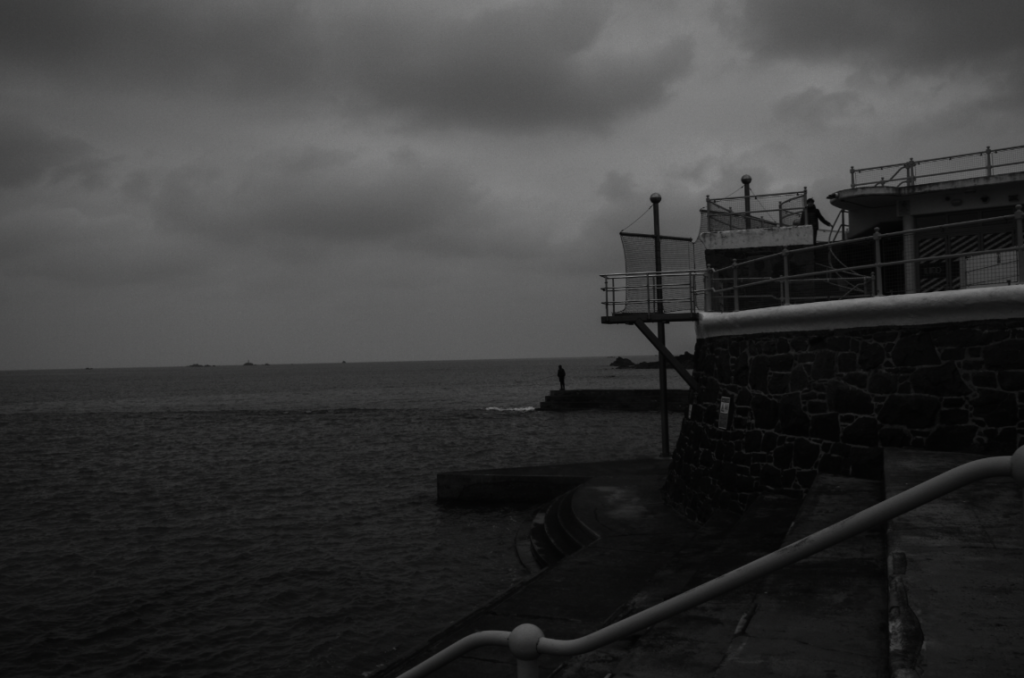
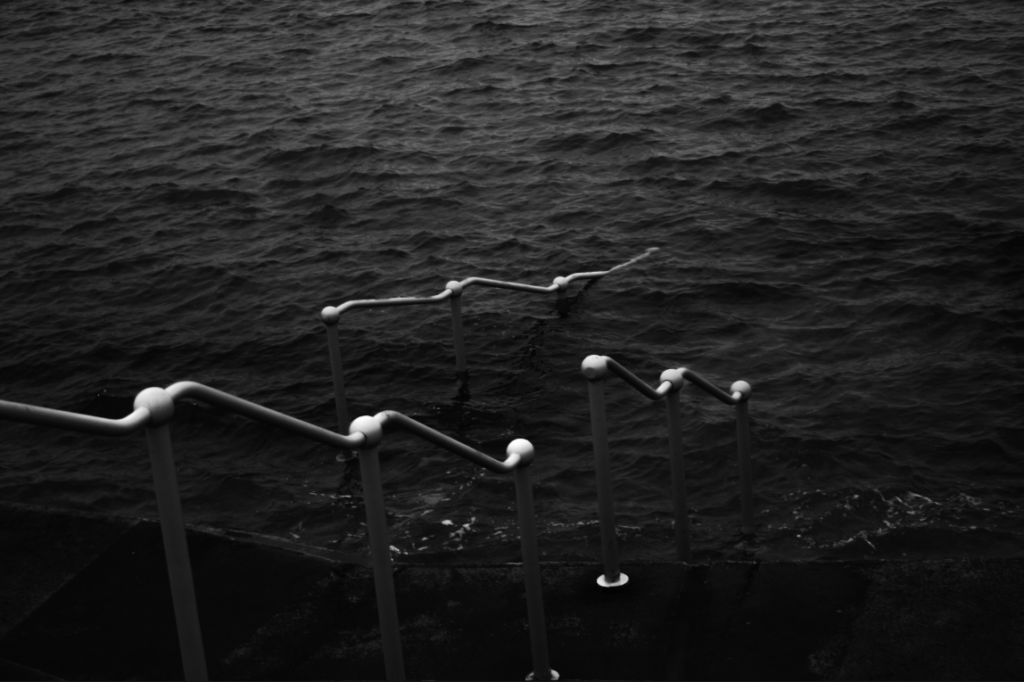
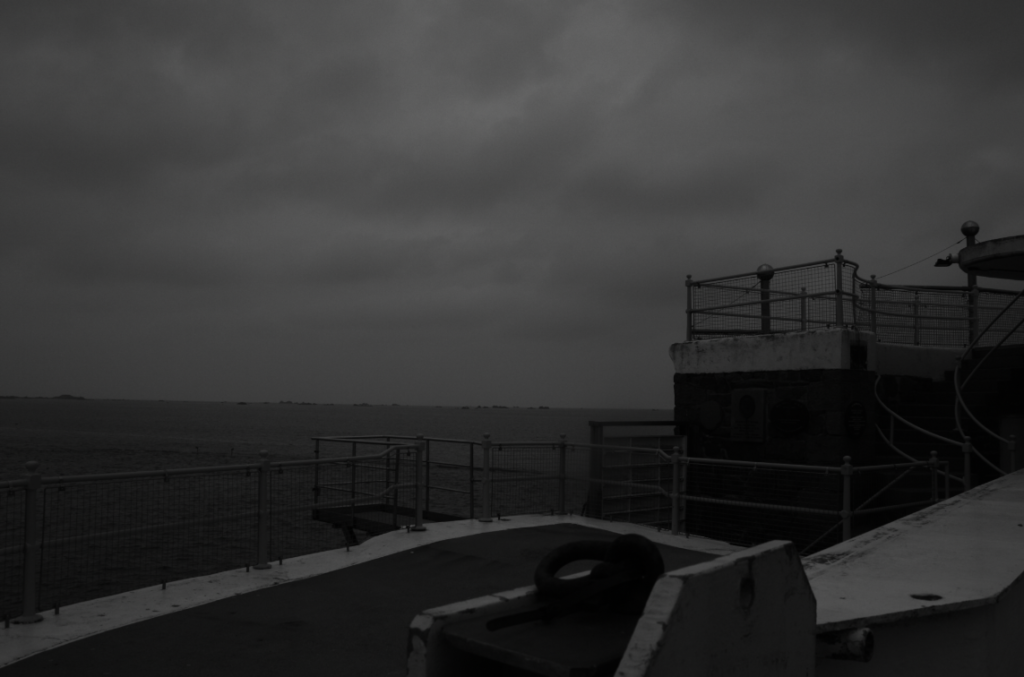
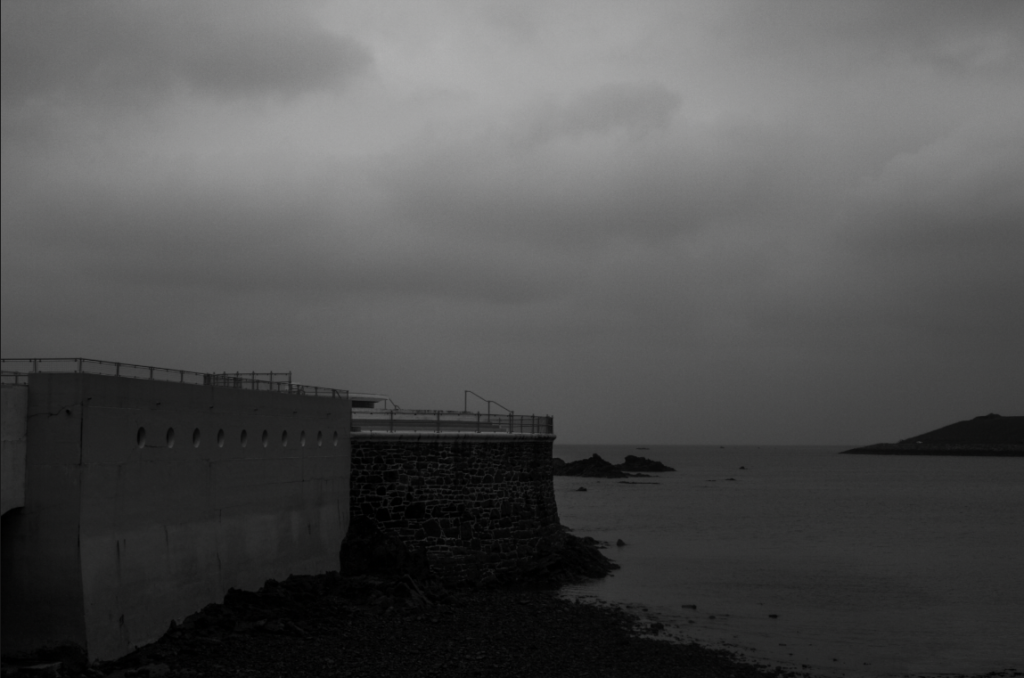
New topography-
Contact Sheet:













Edits

























Mind map
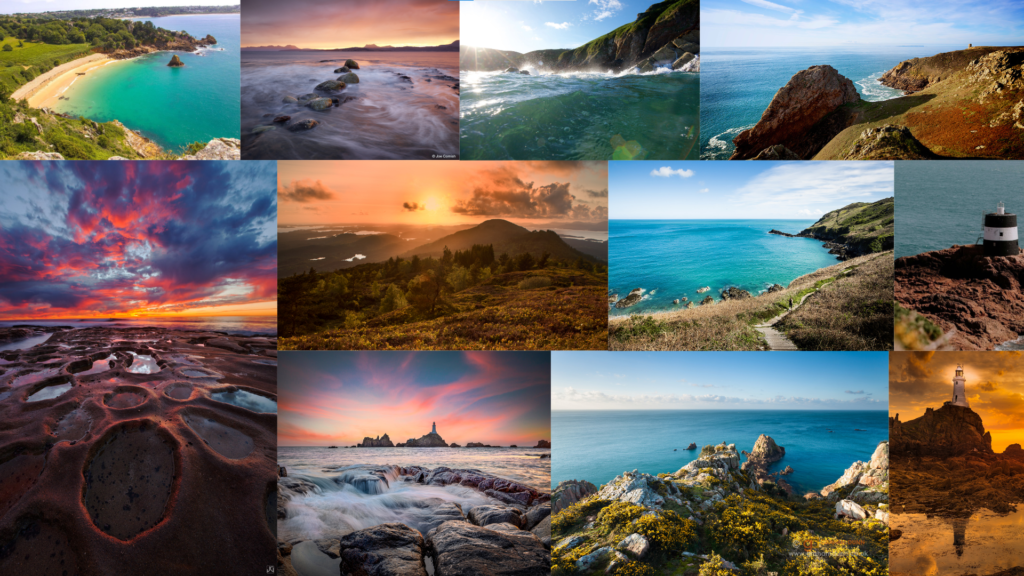
Photoshoot Plan
What– A photoshoot inspired by Ansel Adams and the sublime.
How – (equipment) camera, tripod.
Where– Pride rock and sunset concerts in St Ouen, these are both places with dramatic places that look down on a beautiful landscape.
When– 3-4 o clock so I can capture the sun setting
Why– I am doing this photoshoot because it links to the sublime and what we are studying at the moment.
Photoshoot:
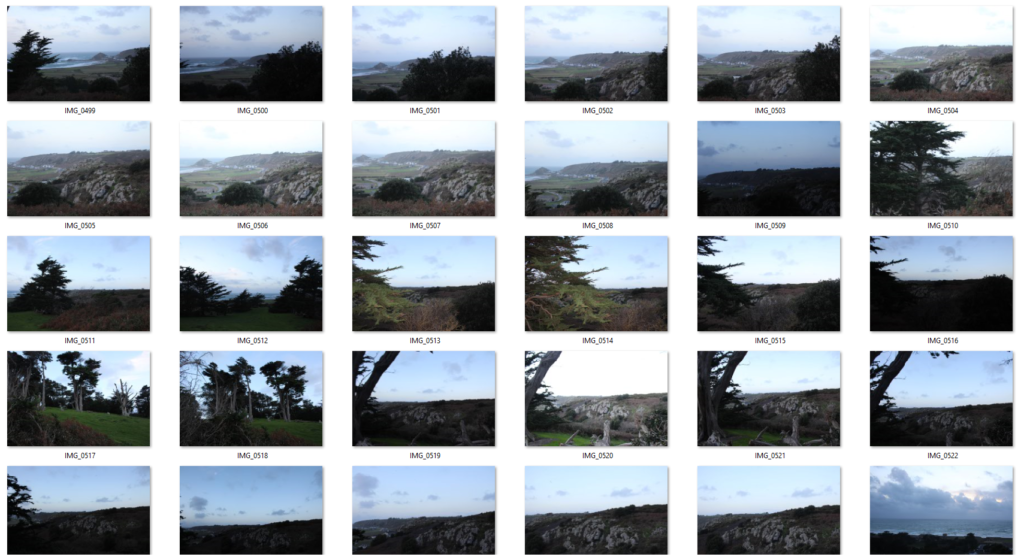
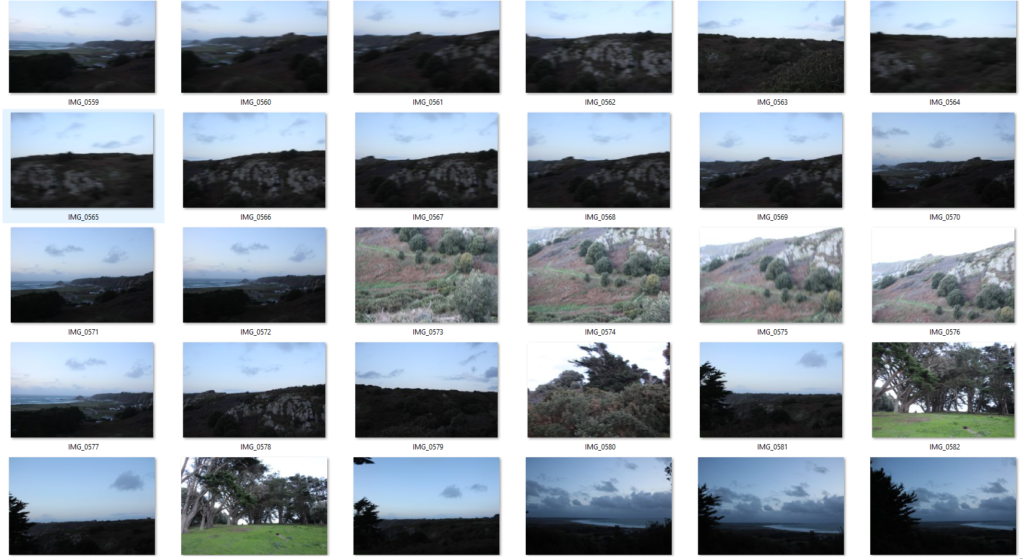

Edits on Lightroom
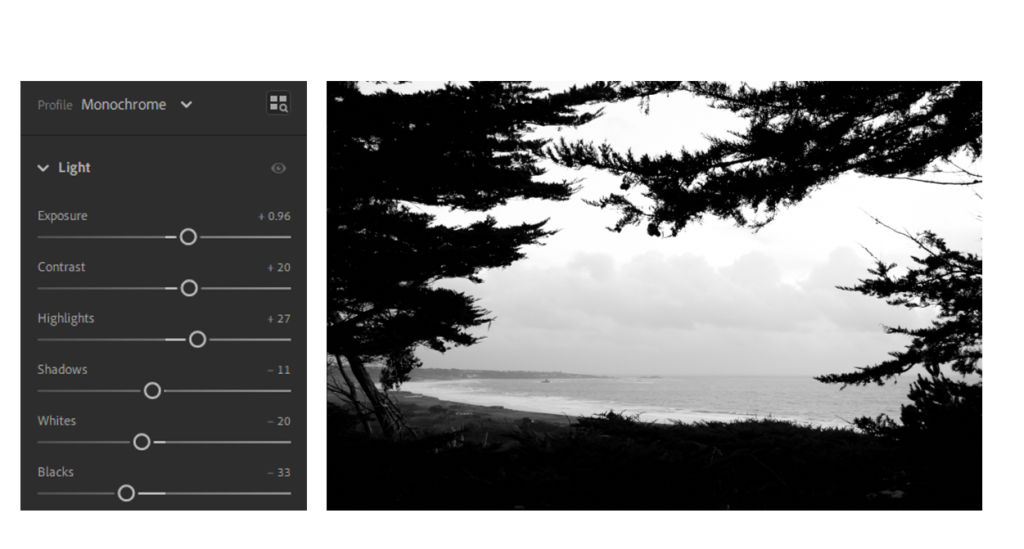
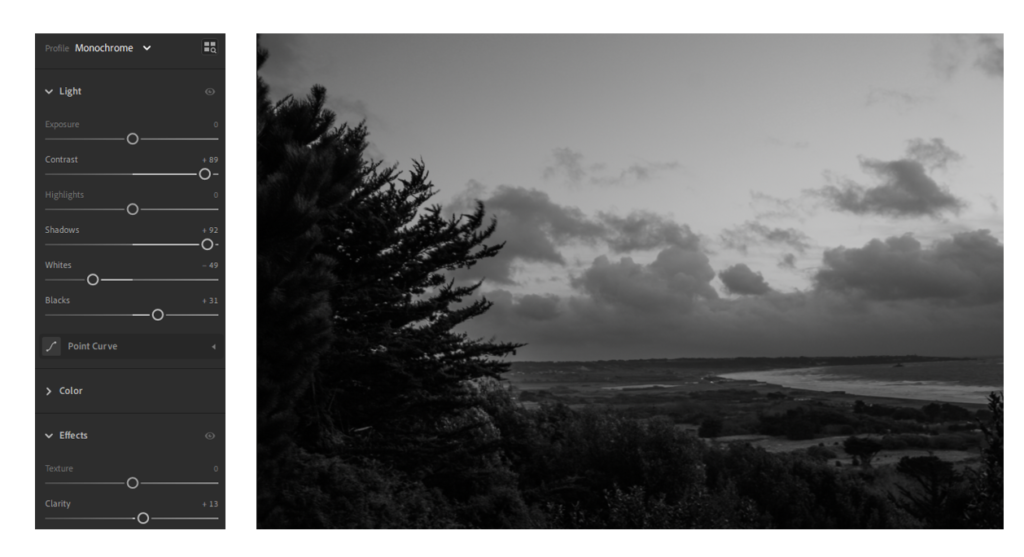
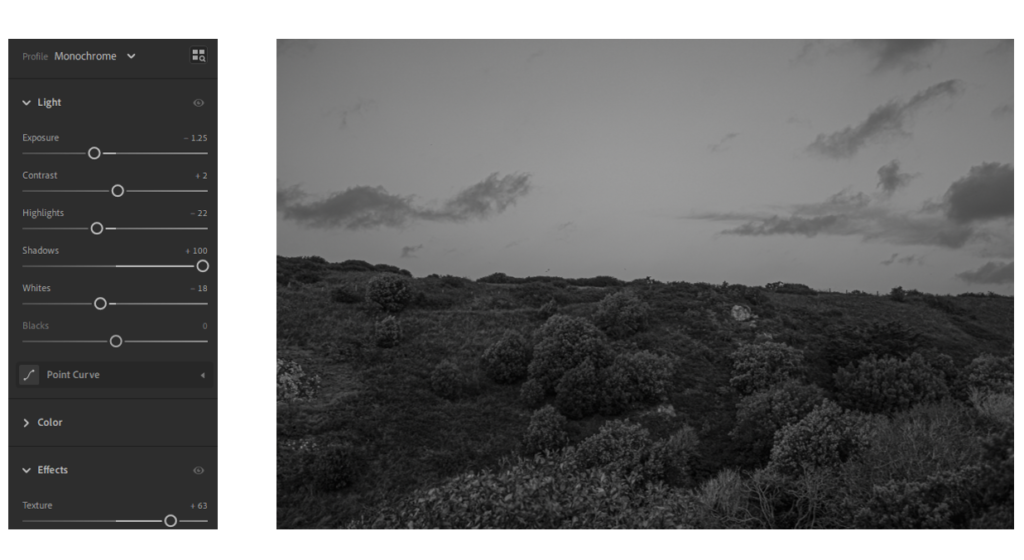
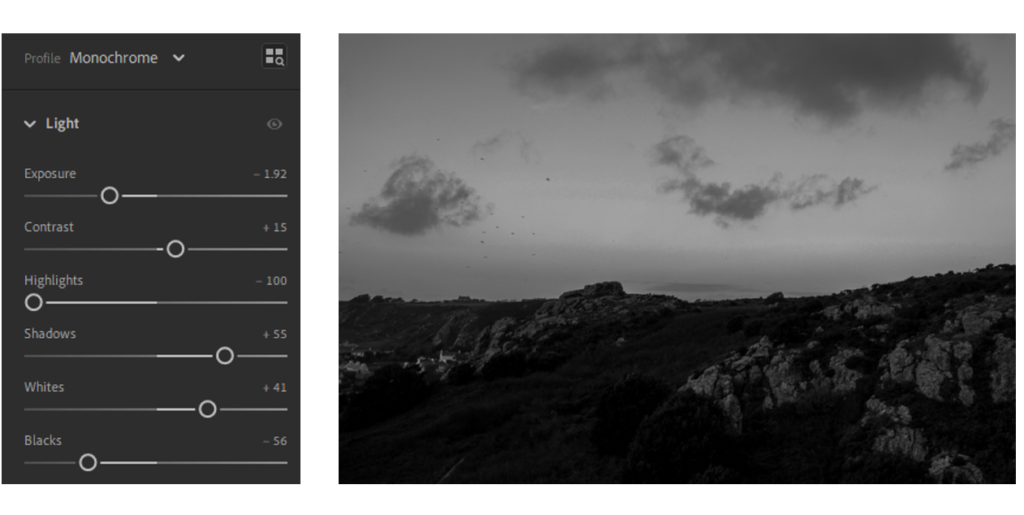
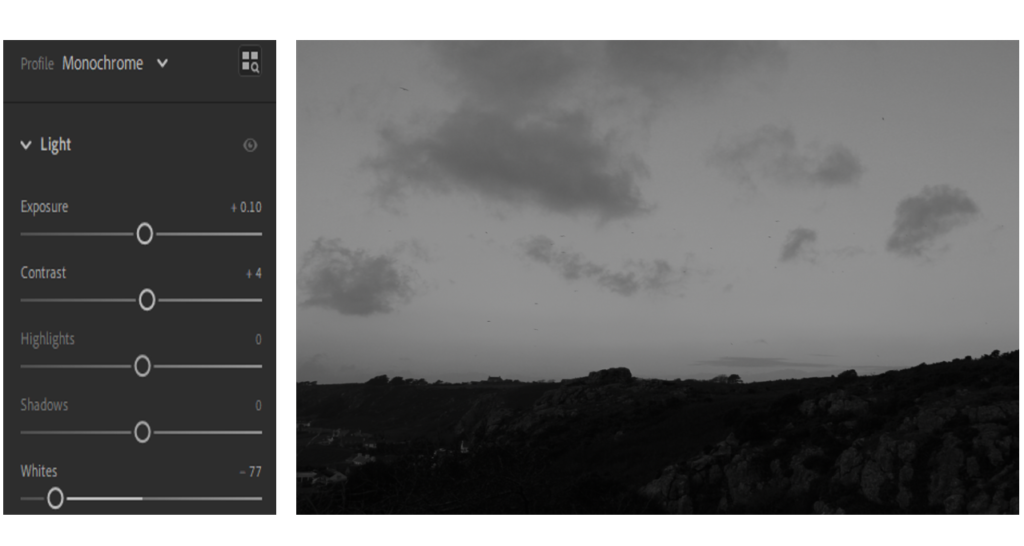
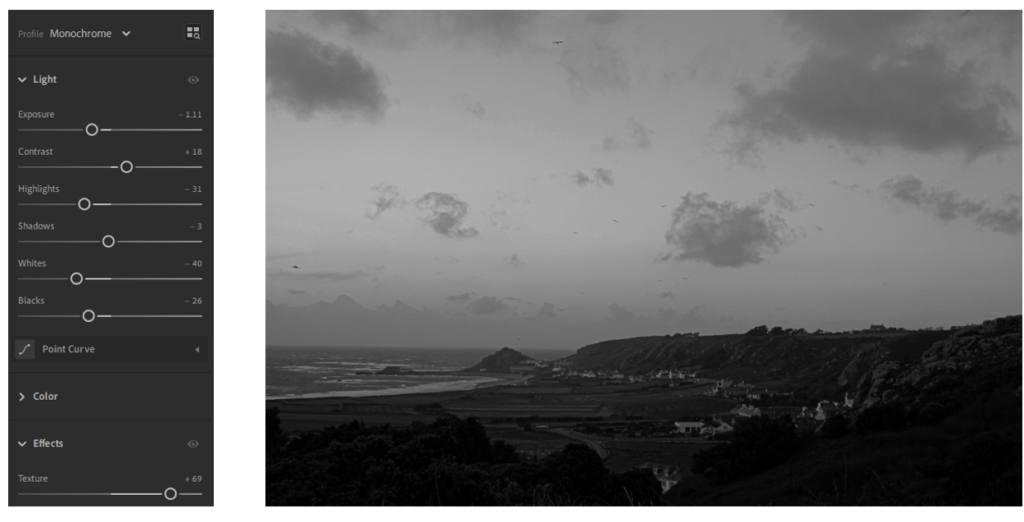
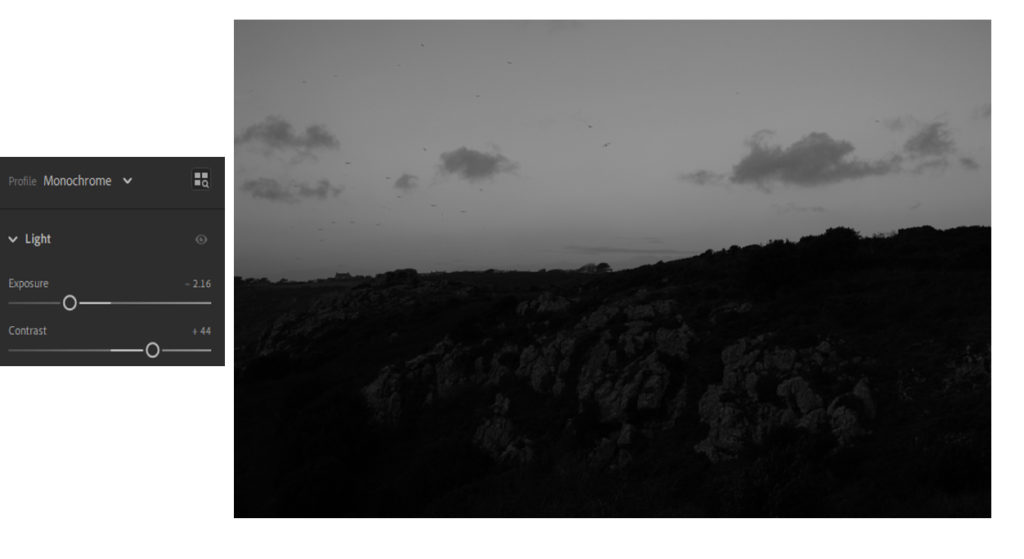

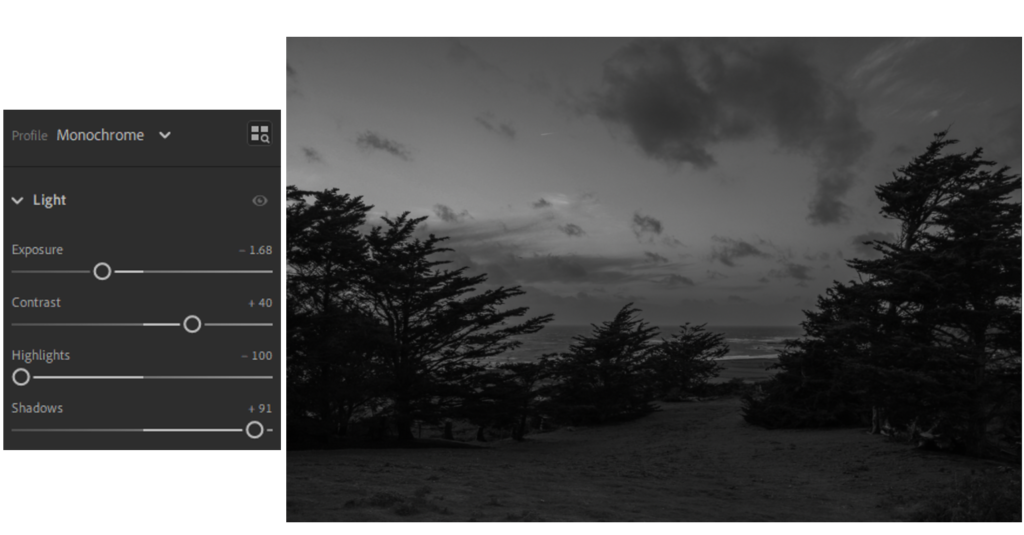
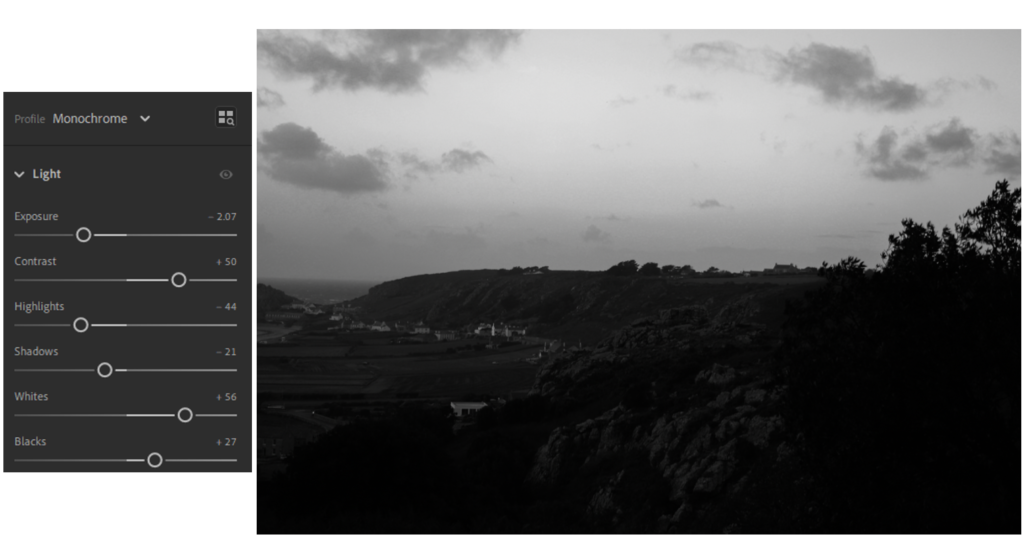
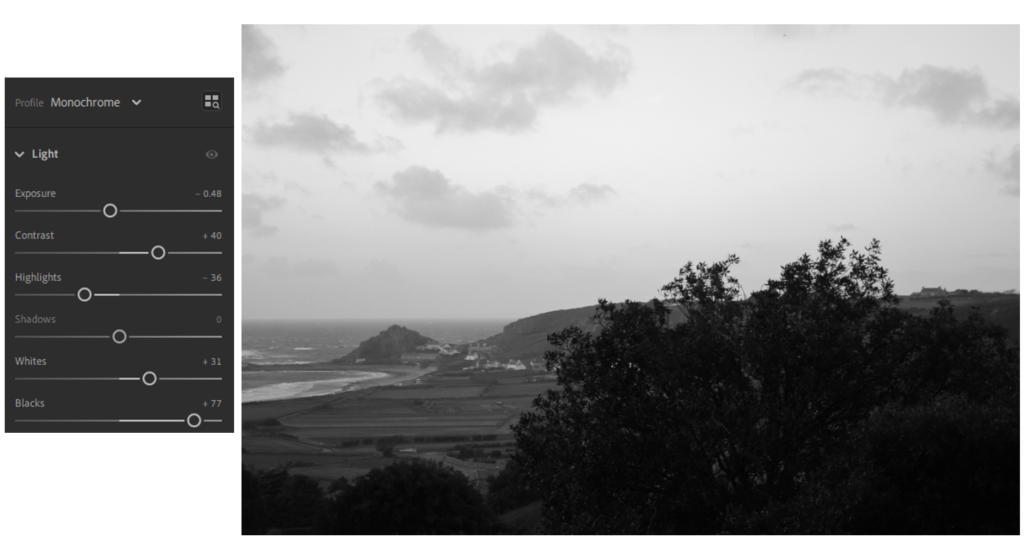
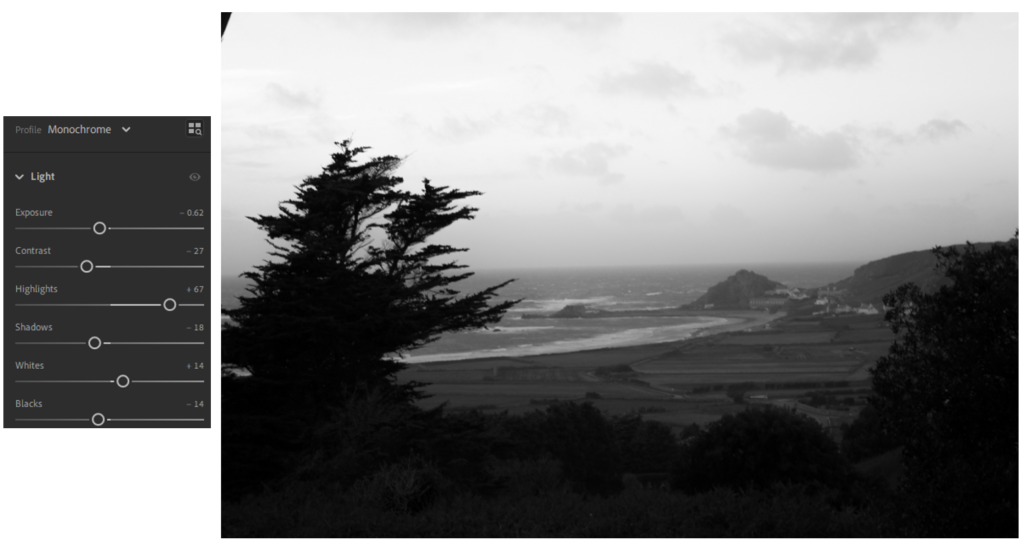
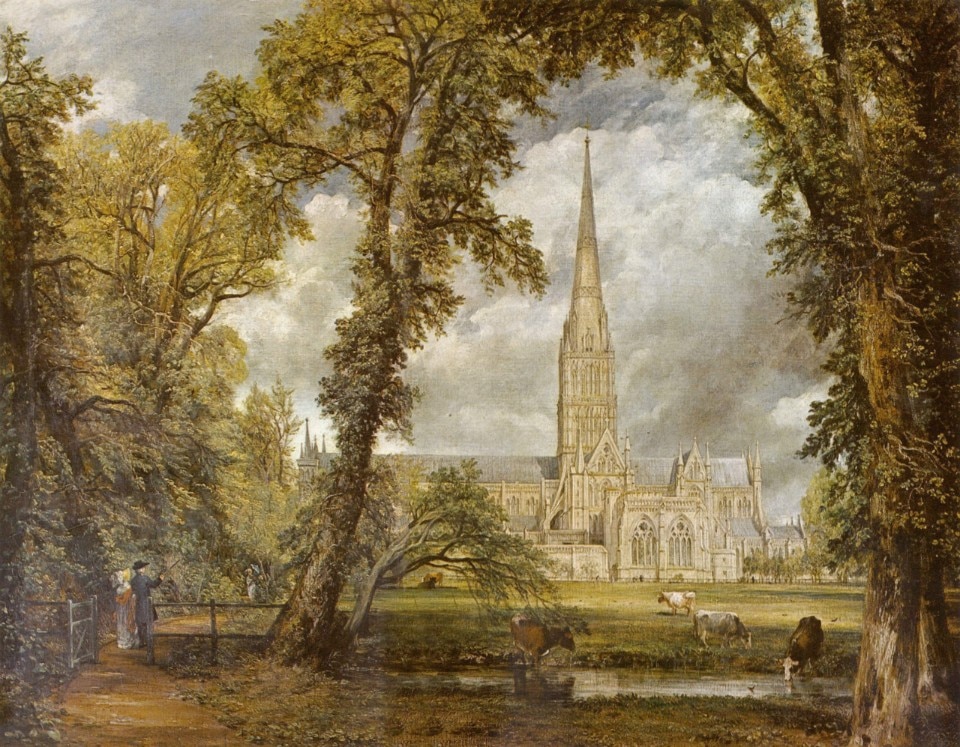

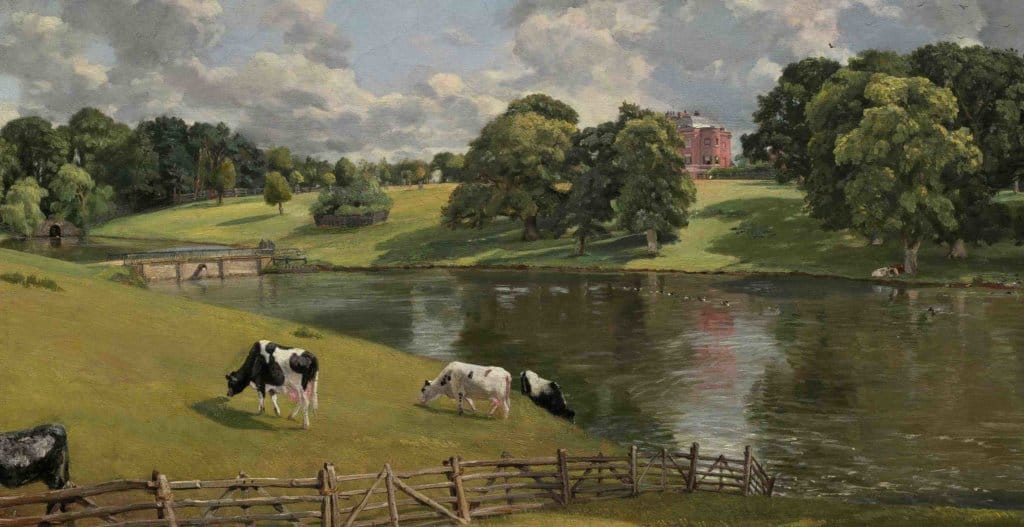
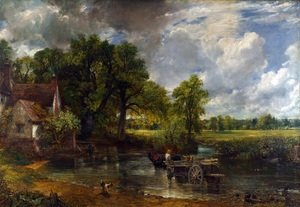
John Constable, one of the most famous romanticist painters of the 18th century was born on June 11th 1776 in Suffolk. He was the son of a wealthy family. Constable was supposed to join his fathers business, however he decided to pursue art after meeting Sir George Beaumont, a British Art patron and amateur painter in 1795. He entered the Royal Academy School in March 1799. In 1802 Constable displayed his work at the Royal Academy for the first time. Constable mostly used water colour and graphic media in his studies of nature. In 1817, he began painting on a large scale to gain professional recognition. For example, this is his painting The White Horse which id 6.2 foot tall!
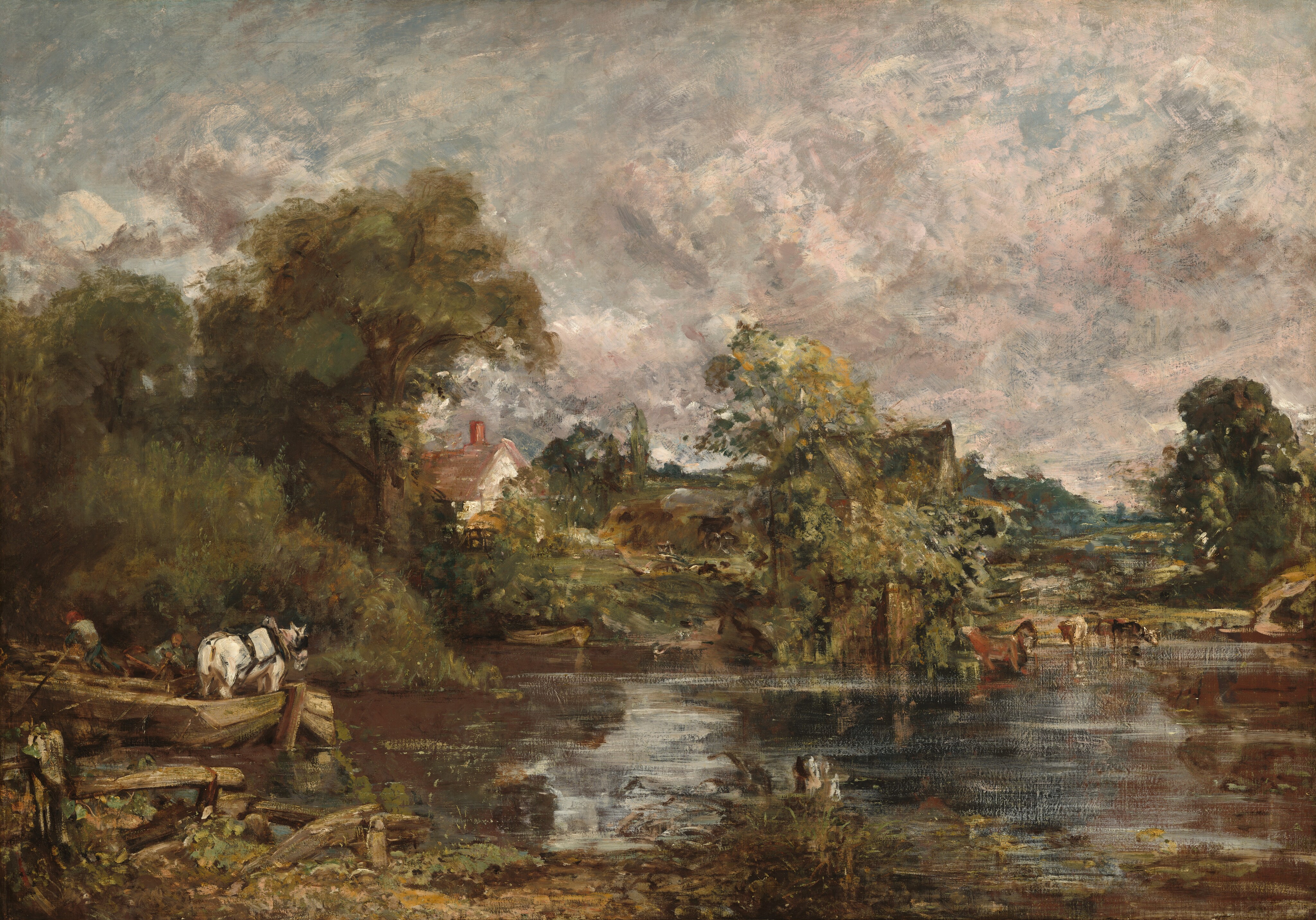
Throughout the 1820s, critics praised Constables work and he sold many paintings. He became a Royal Academician in 1929, which was said to be delayed due to his famously difficult personality. In 1836, Constable submitted his last work.
Ansel Adams Life
Ansel Adams was a Californian photographer and environmentalist born on February 20th 1902. As a child, Adams found joy in nature; he would rake long walks everyday through the Golden Gate, the sand dunes, Lobos Creek and Baker Beach.
At age 14 he received his first camera and proved to be a talented photographer. In the 1920s Adams worked as a custodian of the Sierra Club’s Lodge in Yosemite Park where he continued his landscape photography.
By 1935, Adams had become famous amongst the photography community. Throughout the 1940s he continued to explore the technical possibilities of photography in this and other ways. Adams was an advocate for protecting and preserving the American natural landscape. He believed that the possibility of humankind living in harmony with the environment was highlighted through his artwork which showed the natural beauty of the American country side.
In 1980, Adams received the Presidential Medal of Freedom for not only his photography but also his environmental work. Sadly, Ansel Adams died in April 22nd 1984.
Analysis

This is an digital photograph by Ansel Adams in the 1930s. The mise en scene presents a snake like river spiralling through the centre of the image, surrounded by tremendous mountains and forest.
The lighting is natural from the sky, it is more soft due to the clouds covering the harsh sunlight. The colours are monochrome, this further accentuates the sublime as it is almost terrifying how colossal the world is. The dark silhouettes of the trees in the foreground are powerful it symbolises the mystery of what could be in the forest and the undiscovered areas of earth.
The focal point of the image is the river as the reflection of the light is angelic. The river leads through the image which displays to us the entirety of the image.
The aperture appears to be quite high, due to the wide depth of field and the image being quite dark, around f/16. Also this follows the rule of thirds as shown:

Adams used a Pocket Kodak and tripod to take this photo:
To conclude, I personally really like this image and I am very inspired to take photos of the sublime similar to this. I think I will go to Pride Rock in St Ouen’s and I will take photos there, in a similar style to Adams. I will use a tripod like Adams did as shown:

Ansel Adams states: “A great photograph is one that fully expresses what one feels, in the deepest sense, about what is being photographed.” This quote is referring to how powerful his photographs are. They make you feel a sense of smallness in the sense that you are just 1 person in this gargantuan world. It shows the true beauty of nature, linking to the sublime.
Group f.64
Group f/64 was a group founded by seven talented San Francisco Bay Area photographers who shared a common photographic style characterized by sharply focused and carefully framed images seen through a particularly Western viewpoint.
In Oakland Calif in 1932, several talented photographers met at a studio that was owned by Willard Van Dyke and Mary Jeanette Edwards. They invited others including, Ansel Adams to join them for a party. The group was looking to solve common problems both aesthetic and financial.
The group name f/64 is referring to a small aperture on a large format camera, this captures a large depth of field and secures an evenly sharp photograph. As it is such a small aperture a long exposure is needed and a slow moving or motionless subject as not to blur the image. This is why the group used landscapes and used tripods.
On November 15th 1932, the group displayed their images in a gallery for the first time.

The photograph is called: “Monolith, the Face of Half Dome, Yosemite National Park,”
This was one of Adams first images exhibited images, it looks extremely impressive. Adams used a red filter on his image to accentuate the darkness and shadows.
In 1940, Ansel Adams with Fred Archer created the zone system of photography.

The zone system was created to help photographers control the black and white colours of their photographs. Each zone represents the tones of a monochrome photo, it is put in order of gradient. This provided structure and helped to determine the exposure of their image.
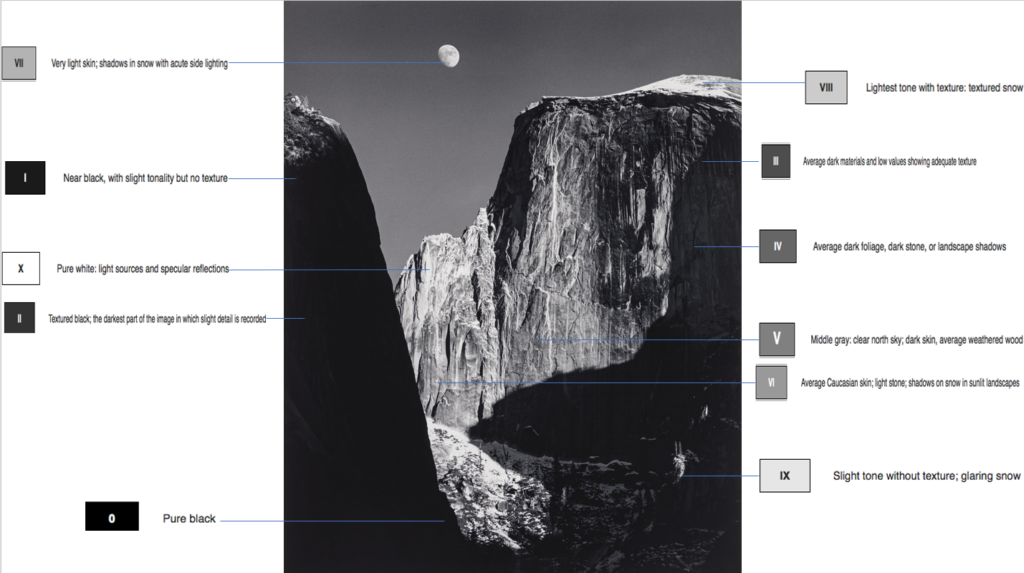
This is a labelled diagram of the tones I found in an Ansel Adams photograph.
Comparison of Adams to Weston
Edward Weston was an American photographer born in the late 1800s. He was famous for photographing nude photos and vegetables. His work is very abstract but has some similarities to Adams.
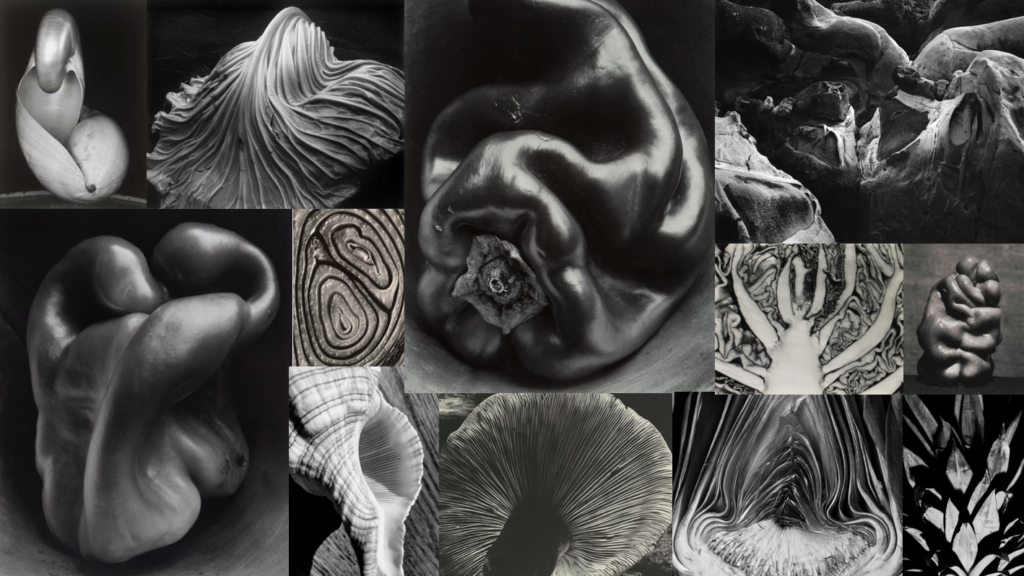
Both artist use monochrome colours with the exposure accentuated. In addition, both photographers use nature. Weston usually photographs the intricate and interesting details of vegetables and plants. However, Adams uses the beauty of mountains, rivers and the American country side. Adams uses wide landscapes with a wide depth of field however Weston uses close up shots.
Romanticism is a movement which was created in mid 18th century, it was used as a way to glorify nature and to protest the industrial revolution. The art of romanticism sparks feelings of beauty and wisdom into the audience. Romanticism inspired, literature, art and philosophy of the time.
There were many poets that focused on Romanticism and the sublime. This is a poem by a very famous poet who lives in the Lake District called William Wordsworth:

Here are art some examples:

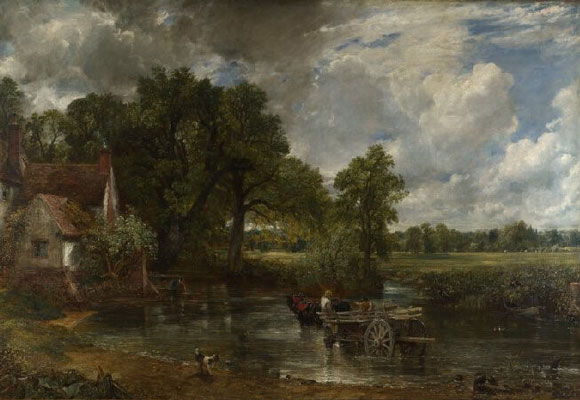
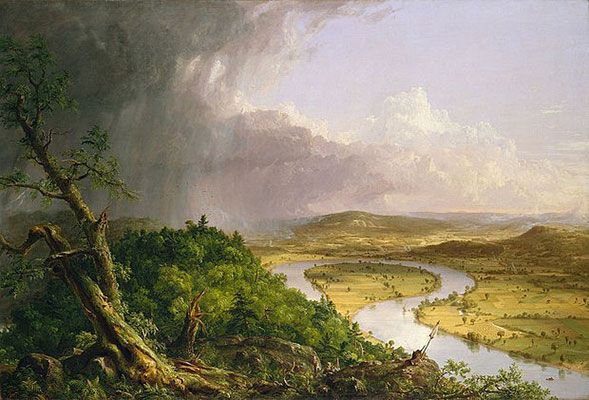
5 Element of Romanticism
-Interest in the common man and childhood.
-Strong senses, emotions and feelings.
-Awe of nature.
-Celebration of the induvidual.
-Importance of imagination.
The Romantic Sublime
In 1757, Edmund Burke wrote a book called A Philosophical Enquiry into the Origin of Our Ideas of the Sublime and Beautiful. His idea was that the sublime experience is nice for a very strange reason and it makes us feel insignificant for example storms, mountains and the ocean. Sublime restores perspective when we get caught up in an immediate situation. It has links with religion, for example in Christianity God loved the world so much he sacrificed his son Jesus.
Here are some examples of sublime paintings:
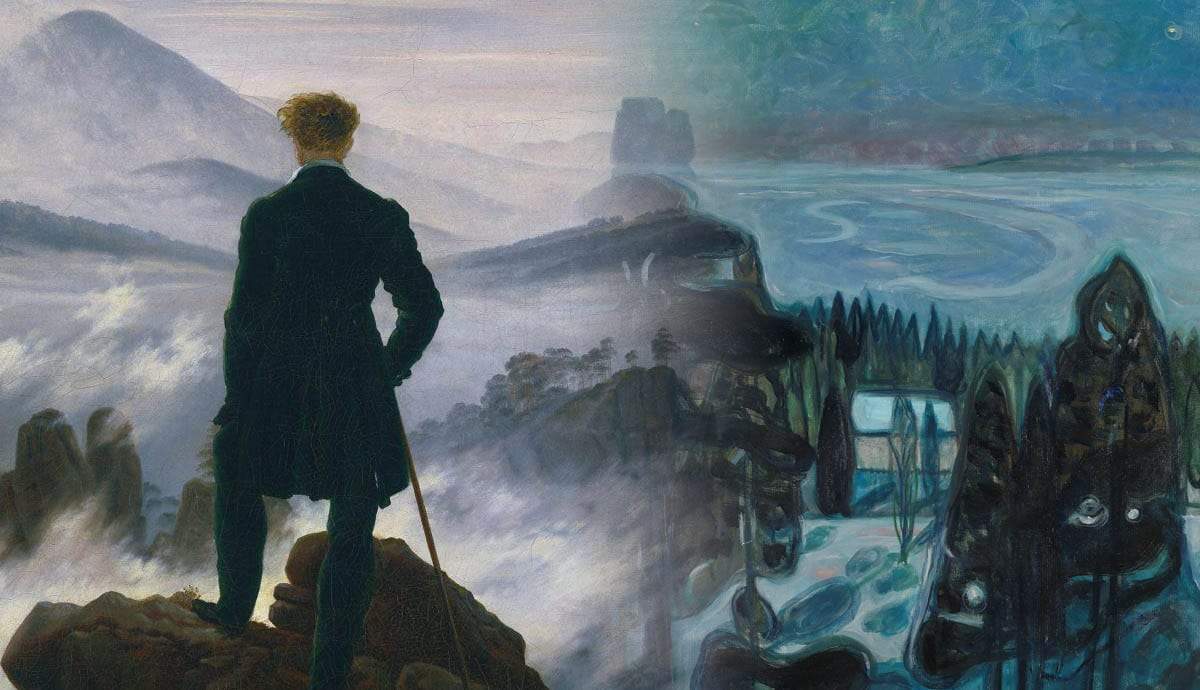

This is my single object photoshoot I did in the studio. I used tripods and different artificial lighting.

Here are some of my edits on the images I chose to use…


These are the edits I used, by increasing the contrast and exposure, it shows the object as floating and it has come out perfect.

This is my second edit, but to give it the floating look I am going to delete the shadow on the bottom of the glass and the string with photoshop. Firstly, with the eyedropper tool I got the correct white colour.

Then I drew over the shadows with the pen tool.

Then I drew over the shadows with the pen tool.
Final Images



To conclude, this topic of still life has been very interesting. I enjoyed studying different photographers and using their ideas with mine. Here are my final images:



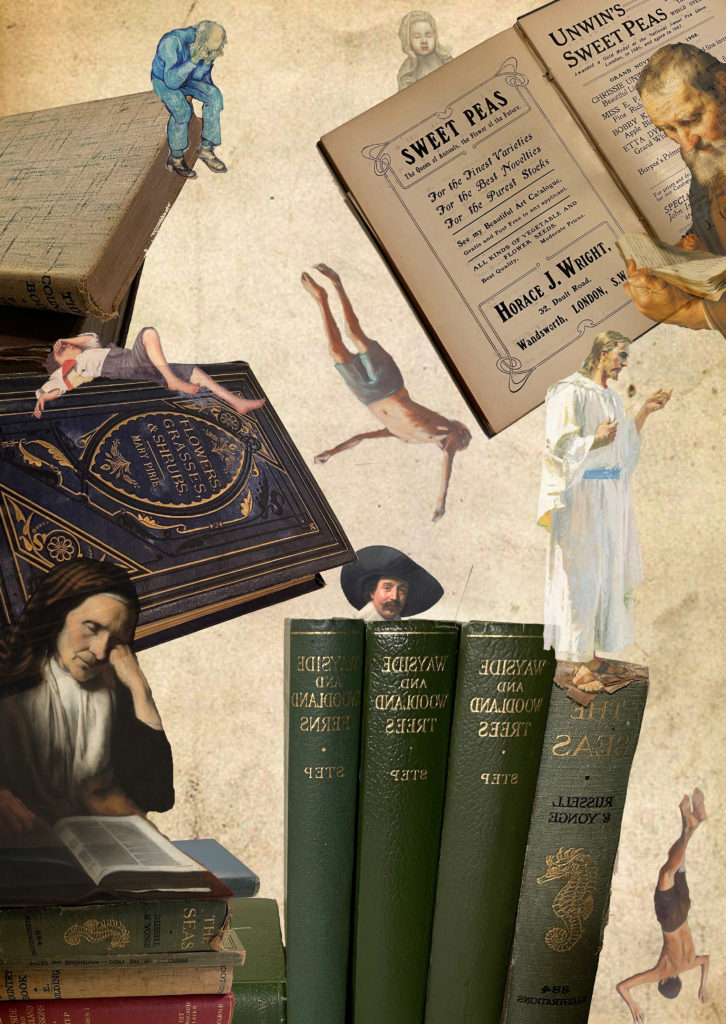

This is an edit I made by cutting out one of my favourite still life images.

Then I pasted it many times on to a blank canvas, using different shapes, sizes and angles to fill all the white space with my image. I like how this has come out. It is very vibrant and exciting.

This is it in black and white. It looks like a great background for another photo.

I added a creepy bridge over the top of the background. I used the opacity tool to blend it into the image.

Now I put a lady falling off the bridge. It looks as if she has fallen off into a monochrome jungle.

On the internet I searched for white gallery space. I picked this photo.
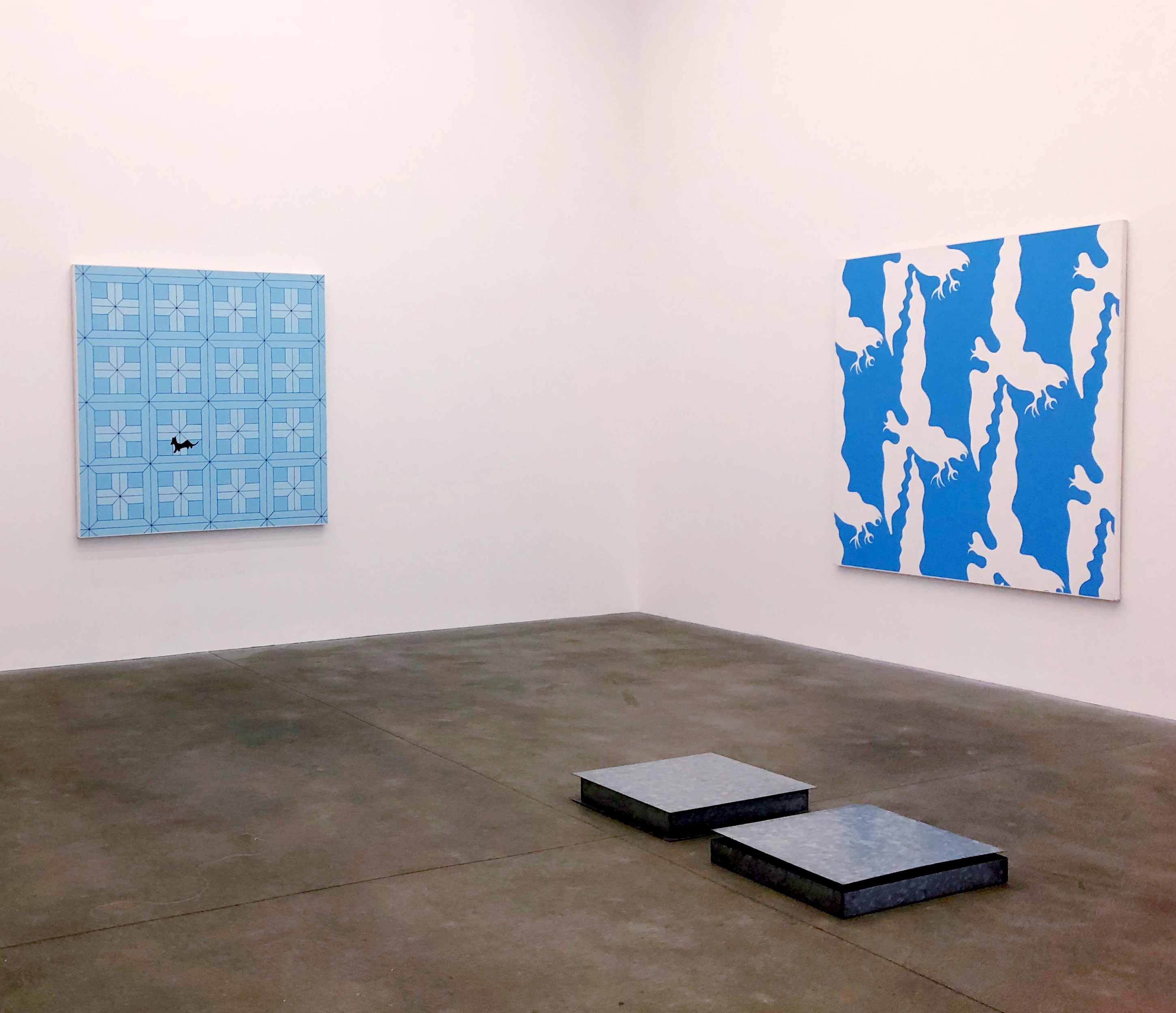
Then I chose 2 images and then I edited them using the free transform skew edit. Then I put them into this space.

This is the final product.

New Objectivity was a movement in German art started by Georg Wilhelm Pabst in the 1920s. It was a reaction against expressionism. It offered a return to unsentimental reality and a focus on the objective world, as opposed to the more abstract, romantic, or idealistic tendencies of Expressionism.
Here are some examples of new objectivity art:


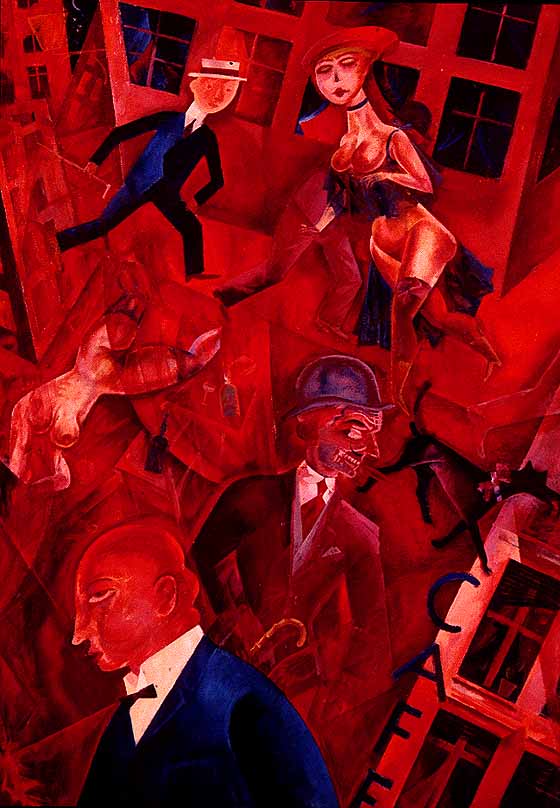
This is a left wing photography style called Dadaism, it links to new objectivity.

